The Newfoundland Regiment and Gallipoli: September 14, 1915 to Jan 9 1916
http://www.heritage.nf.ca/first-world-war/articles/newfoundland-regiment-at-gallipoli.php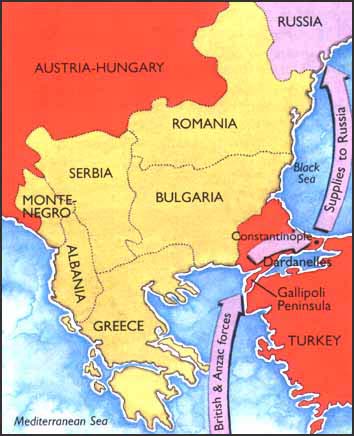
When war broke out in August, 1914 the British colonial administration of Newfoundland decided to recruit a force for service with the British Army. The Newfoundland Regiment arrived in England in October 1914. The regiment trained in England before being deployed to the Middle East.
On August 1915 the Regiment sailed for Alexandria, Egypt. The men spent two weeks in Egypt, becoming acclimatized to the extreme heat. The Newfoundlanders were assigned as reinforcements for the British offensive at Gallipoli, in the Turkish Ottoman Empire. The British had been trying to break through the Turkish lines since April with little success. Now it was time for the Newfoundlanders to join the fight.
On September 14, they set sail for Suvla Bay. Most of the men were happy to be finally done with training, but there was also an awareness of the impending danger.
"We have had a very good time all along so far, but we all know that the hardest part has now to come," Lieutenant Owen Steele wrote in his journal on September 18, 1915. "The place where we are to land is shelled all day long, and the last Division which went there lost 1,200 men and 36 officers the first day, and that, without having fired a shot, nor seen a single Turk, so we have heard."
The Regiment's men disembarked at Suvla Bay on September 20, 1915. They came under immediate fire from Turkish troops. Private Francis Lind wrote about his first day at Gallipoli for the Daily News:
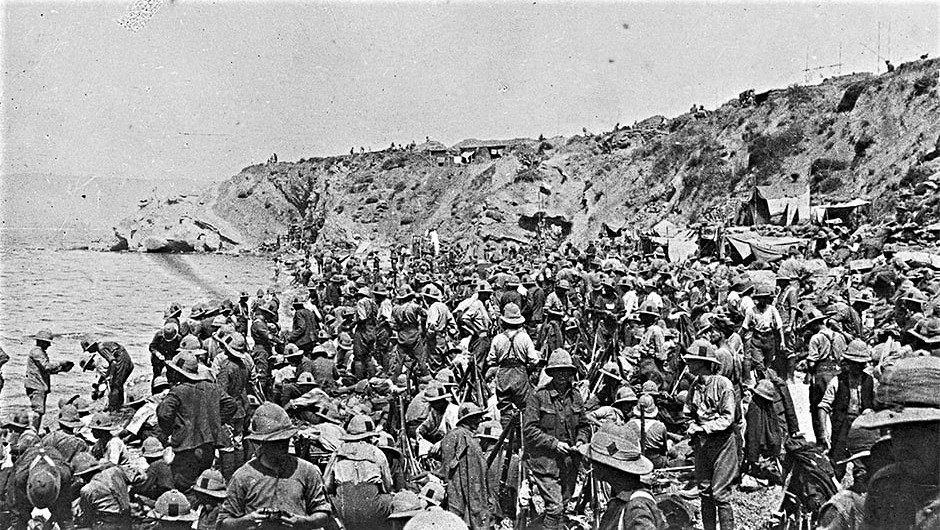
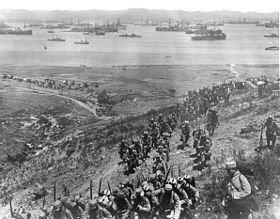
"We have had quite a lively time since landing Monday morning amidst a storm of shot and shell. After reaching the shore we made a rush and getting out our trenching tools began to dig ourselves in. The shells were falling thick about us. ... About twenty-five of our fellows were hit, including the Adjutant, Capt. Rendell ... One shell burst about five feet from our dug-out; we only just "ducked" in time. Another knocked Sergt. Green's helmet off, and it went about twenty feet away. He has never seen it since."
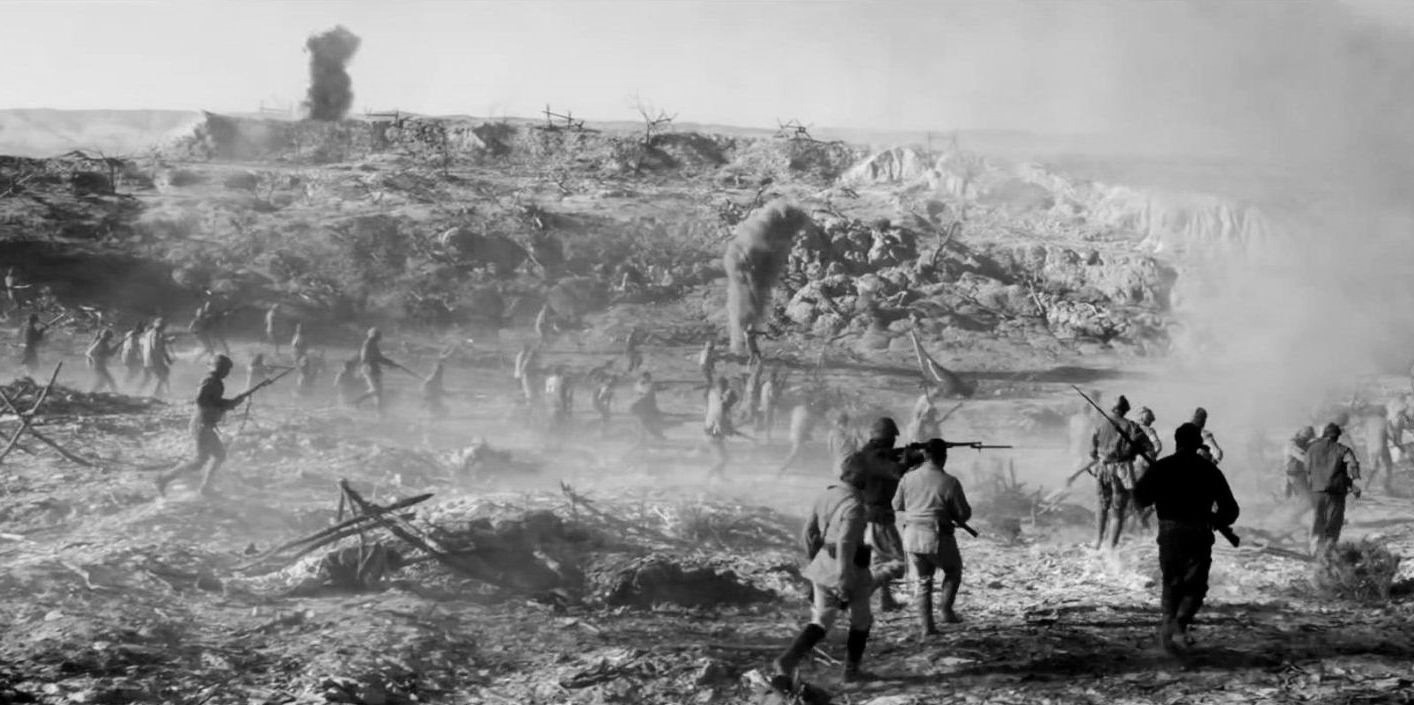
By September 30, the Newfoundland Regiment had taken responsibility for a 1.5-kilometre stretch of the British front line. Its trenches lay just 50 metres from the Turkish lines, and the the men were exposed to enemy fire from two sides.
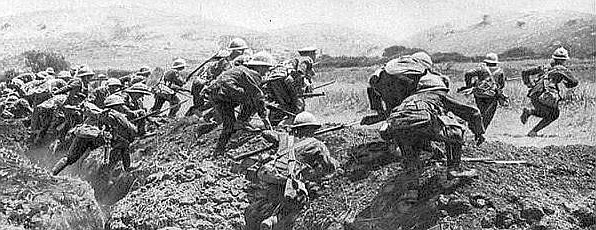
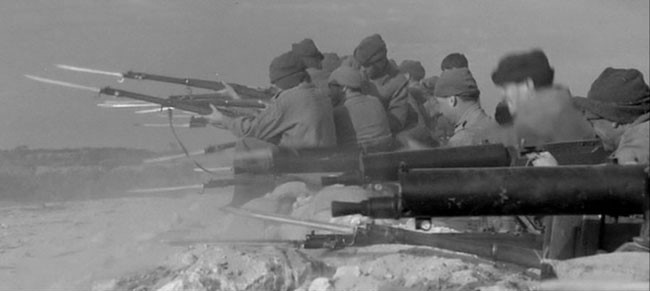
"After the first forty-eight hours we settled down to regular trench warfare," Lance-Corporal John Gallishaw wrote. "The routine was four days in the trenches, eight days in rest dugouts, four days in the trenches again, and so forth, although three or four months later our ranks were so depleted that we stayed in eight days and rested only four."
The weather was a major problem. The days were hot, but sudden intense squalls drenched the men and flooded the trenches. The cold nights made conditions worse. Rheumatism and pneumonia became serious concerns. In late November severe flooding was followed by a deep freeze.
"On the night of the flood, the water in our support trenches and in the firing line was three feet deep nearly everywhere". Lieutenant Owen Steele wrote on December 4. "...Then when the frost came, it tried us all to the limit and all suffered severely ... We have sent about 150 men to hospital, most of them being for frost burnt feet. We have heard that the 86th Brigade lost 200 men by drowning and exposure and nearly 2,000 were sent to hospital."
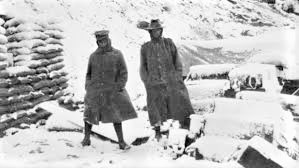
In the end, the Allied forces abandoned the campaign and began withdrawing troops in mid-December. The last man was evacuated on January 9, 1916. The campaign had been a complete and costly failure for the Allies. In ten months they suffered over 300,000 casualties for no gain.
The campaign reduced the Newfoundland Regiment to 17 officers and 470 other ranks. Forty-four of its men had died and hundreds more were hospitalized due to wounds, disease, or exposure. The Regiment returned to Egypt for two months of training and recuperation before being ordered to France to participate in the July Somme River Offensive.